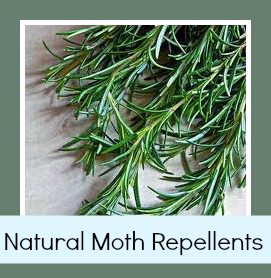For generations, mothballs have been a household staple for protecting clothing from moth damage. These small, white pellets may seem harmless, but they carry significant health and environmental risks that are often overlooked. Understanding what mothballs are made of — and how they affect humans, pets, and the planet — is essential for making safer choices at home.
What Are Mothballs Made Of?
Most traditional mothballs are composed of one of two chemicals:
- Naphthalene – once the most common ingredient, derived from coal tar or crude oil.
- Paradichlorobenzene (PDCB) – now more commonly used due to slightly lower flammability, but still highly toxic.
Both substances are volatile organic compounds (VOCs). They slowly release gas into the air, which deters moths and other insects — but at a cost to your indoor air quality and health.
How Toxic Are They?
To Humans:
Exposure to the fumes from mothballs can cause a range of health issues, particularly in enclosed spaces or with long-term exposure:
- Headaches, nausea, and dizziness
- Respiratory irritation or coughing
- Liver and kidney stress
- Destruction of red blood cells (especially dangerous for those with G6PD deficiency)
- Possible link to cancer – both naphthalene and PDCB are classified as possible human carcinogens by health authorities
Ingesting mothballs — even one — is extremely dangerous and can be fatal, particularly to children.
To Pets:
Cats and dogs are highly sensitive to mothball chemicals. Ingestion can lead to:
- Vomiting and diarrhoea
- Seizures or tremors
- Liver and kidney damage
- Death, in severe cases
Pets can also be poisoned simply by inhaling the vapours or chewing on clothing that has absorbed the chemicals.
Environmental Impact
Mothballs don’t just affect indoor air — they also contaminate the environment. Improper disposal (e.g. throwing them outside or down the drain) can poison wildlife and pollute waterways. Their vapours contribute to indoor air pollution, which has been linked to chronic illnesses over time.
Natural and Safer Alternatives
You don’t need harsh chemicals to protect your clothing from moths. Here are some non-toxic, effective options:
- Lavender sachets – pleasant-smelling and a natural moth repellent
- Cedarwood – use blocks, chips or essential oil in wardrobes and drawers
- Bay leaves and cloves – aromatic deterrents often used in kitchen cupboards
- Airtight storage – keeping clean, dry clothes in sealed containers naturally prevents moth infestations
In Summary
While mothballs may be effective at deterring moths, their toxic ingredients pose real health hazards to humans, pets, and the environment. If you currently use mothballs in your home, it’s worth reconsidering and exploring safer, natural alternatives that can offer peace of mind without compromising your wellbeing.


